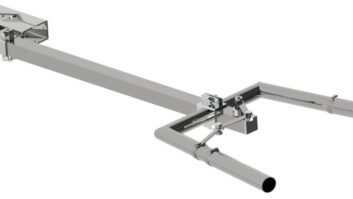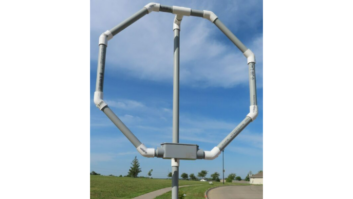Where do you stow your cell phone? On your belt? In a purse? In your briefcase? None of these locations are likely to work well for GPS or other satellite communications. The European Space Agency (ESA) has a better idea: “textile antennas.”
Connect your GPS or satellite phone to a textile antenna mounted on your shoulder and enjoy much better performance. Finnish company Patria Aviation Oy demonstrated that an antenna can be built using textiles that can be worn and used for personal satellite communication. Its work is part of the ESA Advanced Research in Telecommunications Project on textile antennas.
Rolv Midthassel, ESA’s representative on the project, said, “Flexible antennas are becoming attractive, since the recent developments in ‘wearable computing’ have opened several possibilities to integrate wireless functions into clothing.”
He added, “The use of GPS and the Iridium satellite phone system for this project may be an attractive combination for a later product. The Iridium satellites allow two-way voice and data communication, while GPS provides positional data to the user. Iridium could also relay the position of the user to operational centres.”
Designing working textile antennas isn’t easy. The antenna’s geometry has to be designed so it bends in the direction that has the least impact on performance. Not only must it be protected from the elements, but can it be washed (and at what temperature) or ironed?
ESA said testing has shown the textile antenna is feasible. “We are pleased with the results of this project,” Mr Midthassel said. “Such an antenna could be used in occupations such as fire-fighting and other emergency situations.”
Technical data on the textile antennas, including photos of the antenna and antenna radiation patterns, is available on the ESA Telecommunications and Integrated Applications – Textile Antennas web page.











